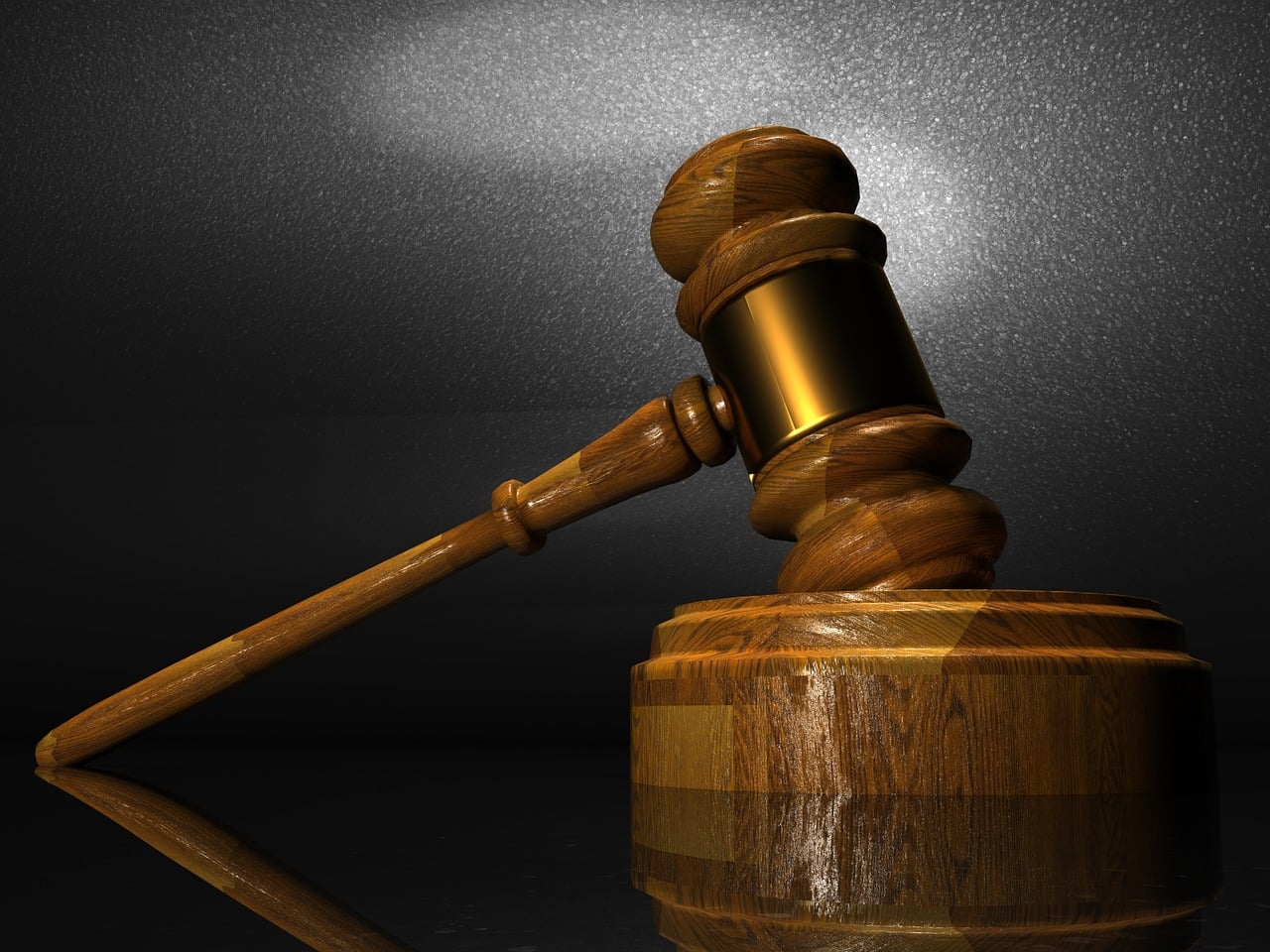An unfortunate reality is that we will all get hurt by someone or something within the course of our lifetimes. Within this realm though, it is probably safe to say that the vast majority of injuries incurred are the result of unintentional and nonmalicious harm.
There are times however, in which the harm that is inflicted is neither calculated nor accidental. Examples of injuries that fall somewhere between these two extremes include that of a bus driver getting into an accident because they were not paying attention to the road, or a construction worker neglecting to put up a “construction zone” sign in the very spot someone is hit with scaffolding. When it comes to the legal definition of injury, each of these examples falls under the jurisdiction of personal injury.
[REITs]Q4 hedge fund letters, conference, scoops etc
What is a personal injury?
According to both common and civil law, a personal injury is defined as any type of harm a person has experienced as the result of another person’s wrongful behavior or activity. Personal injury law enables victims of these types of wrongful acts to receive some sort of compensation for the medical and emotional burdens and expenses incurred as a result of their injuries.
The Concepts on Which Personal Injury is Based
The concept of personal injury and its attendant responsibilities is rooted in the concepts of negligence, strict liability, and intentional wrongdoing.
Negligence
Negligent behavior is the result of carelessness and the inability, or non- desire, to abstain from behavior that is objectively dangerous or harmful. For example, you do not have to be a fire expert to know that unintentionally dropping a lit cigarette on dry, brittle grass is unsafe. In fact, it is logical for anyone to assume that such behavior can and will start a fire.
Strict Liability
Strict liability makes manufacturers directly responsible for the production of poorly or improperly made items that cause injury as a result of their defects. A personal injury claim can be filed if you can prove that a product’s defects caused the harm incurred.
Intentional Wrongs
The concept of intentional wrongdoing speaks largely for itself. If, for example, someone pushes you as a joke, but the punchline results in you falling and breaking your leg, you may very likely be able to file a personal injury claim.
Injuries That Compromise One’s Quality of Life
While we tend to think of personal injury as physical harm, it is not at all limited to the body. Personal injury can include bodily harm, as well as the significant alterations and damages to one’s quality of life because of their injuries.
An example of non- physical personal injury is as follows. If someone were to accuse you of lying about your qualifications, that could very well interfere with your ability to get a job. By extension, not getting the job could impact your income and as well as your quality of life. Even in the absence of physical injury, the resultant harm would qualify as a legally defined personal injury.
What Should You Do if You Think You Have a Personal Injury Claim?
If you have been injured in any way, whether because of intentional or unintentional behavior on someone else’s part, you need to contact personal injury lawyers in NYC. Do not rely on what you think of as personal injury, but rather, what the experts who have studied, trained in and successfully practiced personal injury law, know it to be.





